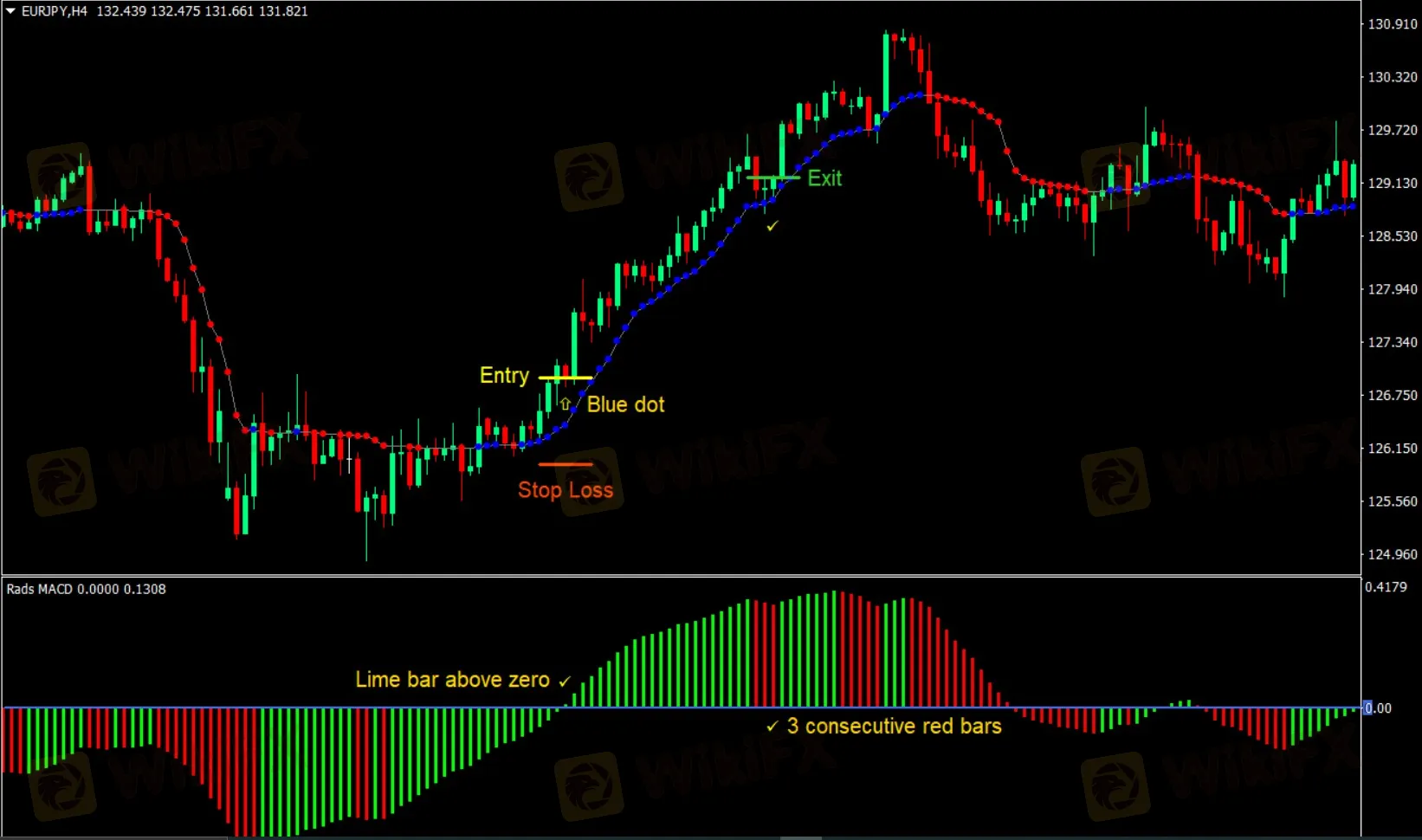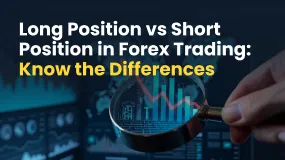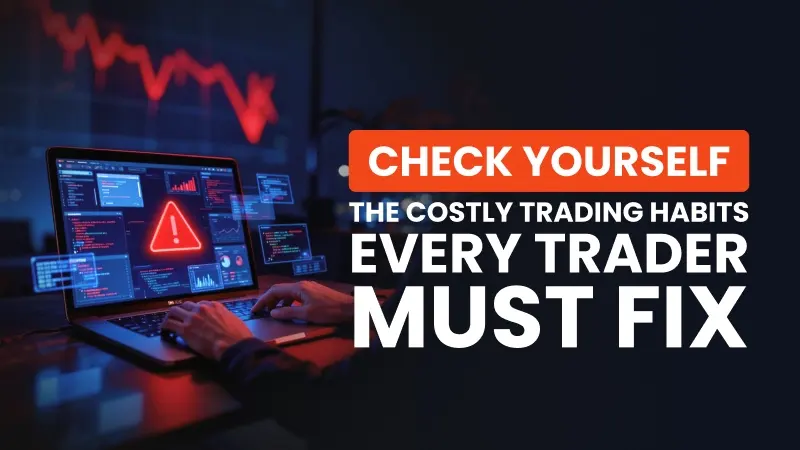The direction of longer moving averages: A simple technical tool
Abstract:In Trading strategies, moving averages are without a doubt the most popular trading tools. Moving averages are great if you know how to use them but most traders, however, make some fatal mistakes when it comes to trading with moving averages.

In Trading strategies, Moving averages are without a doubt the most popular trading tools. Moving averages are great if you know how to use them but most traders, however, make some fatal mistakes when it comes to trading with moving averages. Sometimes very simple technical tools can be very helpful when you are trading, especially when you have a clear idea of the underlying macro picture.
Large moves in most markets are generally underpinned by a key macro story revolving around the path of interest rates and where a country is at in its economic cycle. So, lets say that you are convinced of a major narrative, but are unsure of which technical tool to use. The answer can be surprisingly simple.
The direction of the moving average
Although Moving averages themselves are some of the oldest tools used in technical analysis. It is constructed by taking the average price over a specific number of periods. The moving average is a simple average of the last prices in a sequence. A 10-day moving average is the average of the last 10 days of trading and a 20-day moving average is the average of the last 20 days of trading. The average is constantly updated when the last day of the sequence drops off and a new day of price is printed. So, all straightforward enough.
One very simple technique is to trade in the direction of the moving average. But take note that, just because it is simple it does not mean it is ineffective. When it points up, go long and when it changes direction exit the trade. Below you can see the approach that could have been taken when the Federal Reserve announced significant support packages to help the US economy through COVID. Would that support US stocks as interest rates plunged and support grew? Yes. How could you have benefitted from that move and managed the trade? Simply by using the direction of the longer-term moving average. So, one interesting way to trade major indices on huge macro moves is just the underlying direction of the moving average.

Read more

Should You Learn to Trade or Trust Someone with Your Money?
Should Malaysians develop their own trading skills or entrust their capital to professionals? Understanding the real risks behind both choices is essential to protecting your financial future!

Is Forex Trading a Scam or Do People Actually Make Money From It?
Mention the word forex in Malaysia, and you will often hear immediate reactions: “It is a scam”, “It is like a money game”, or “Everyone loses”. Is forex trading a scam, or do people actually make money from it?!

Long Position vs Short Position in Forex Trading: Know the Differences
When investing through forex, you often come across terms such as long position and short position. You may wonder what these two mean and how they impact your trading experience. So, the key lies in understanding the very crux of this forex trading aspect, as one wrong step can put you behind in your trading journey. Keeping these things in mind, we have prepared a guide to long position vs short position forex trading. Keep reading!

Check Yourself: The Costly Trading Habits Every Trader Must Fix
Are the trading habits you barely notice the very ones quietly destroying your profits, and could a single overlooked mistake be costing you far more than you realise?
WikiFX Broker
Latest News
The "Arbitrage" Accusation: How Winning Trades Turn Into Account Reviews at ACY Securities
IC Markets Formula 1 Partnership Debuts at Abu Dhabi GP 2025
The TikTok Scam That Cost a Retiree Nearly RM470,000
QuickTrade Review: Multiple Reports of Account Freezes and Login Failures by Users
Is Tauro Markets Safe? A 2025 Deep Look into Its Risks and Openness
Tag Markets Exposed: Withdrawal Issues, Inflated Spreads & Market Manipulation Concerns
Inside the BSN Scandal: Bank Officer Stole Over RM11 Million from Victims
Trading Knowledge is Wealth! Take the Daily Quiz Challenge and Win 1,000 Points!
Is Capital.com Regulated? Full License Overview
umarkets Exposed: Explore Complaints on Fund Scams, Withdrawal Denials & Fund Transfer Issues
Rate Calc


